To optimize your digital marketing content for SEO in 2025, you’ll want to focus on strategies that align with modern search engine algorithms and user behavior. Here’s a breakdown of best practices tailored to your content:
1. Align with Search Intent
Make sure your content answers real user questions and solves problems.
Use clear, benefit-driven language that matches what your audience is searching for.
2. Use Strategic Keywords
Target long-tail keywords like “digital marketing services for small businesses” or “SEO-driven content creation.”
Include keywords naturally in titles, headers, and body text—avoid stuffing.
3. Optimize for Semantic Search
Use related terms and phrases (LSI keywords) to help search engines understand context.
Example: If your main keyword is “digital marketing,” include terms like “online visibility,” “brand engagement,” and “conversion strategy.”
4. Mobile & UX Optimization
Ensure your site is mobile-friendly and loads quickly.
Use clean design, intuitive navigation, and engaging visuals to reduce bounce rate.
5. Structure Content for Readability
Use short paragraphs, bullet points, and clear headings (H1, H2, H3).
Include a compelling meta title and description with keywords and a call to action.
6. Internal Linking & Clean URLs
Link to related services or blog posts to keep users engaged.
Use descriptive, keyword-rich URLs (e.g., /digital-marketing-services).
7. Schema Markup & Rich Snippets
Add structured data (e.g., Organization, Service, FAQ) to enhance visibility in search results.
8. Regular Updates & Fresh Content
Keep your content current with new stats, trends, and examples.
Update older pages to maintain relevance and authority.
These practices reflect the latest SEO trends, including Google’s emphasis on user-first content, technical precision, and trustworthiness. Want help applying these directly to your site or writing optimized meta tags? Contact Us !
